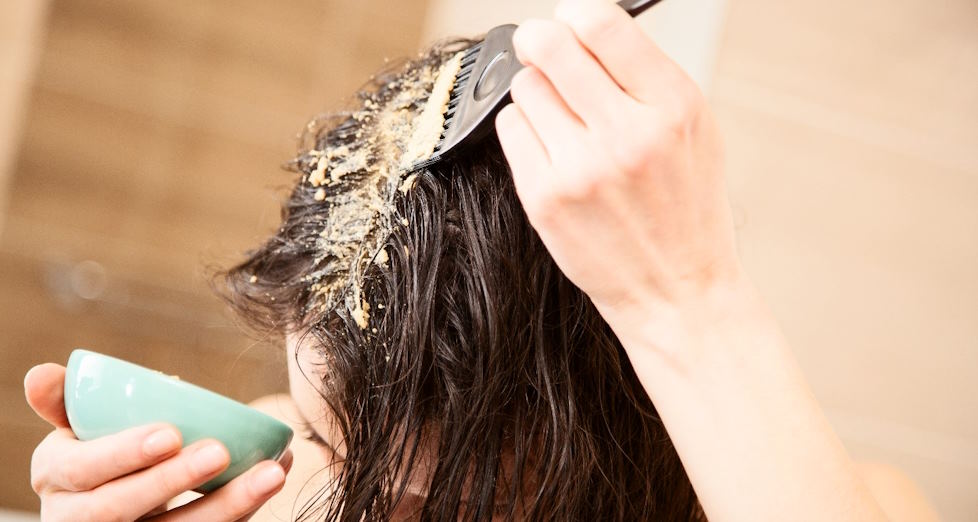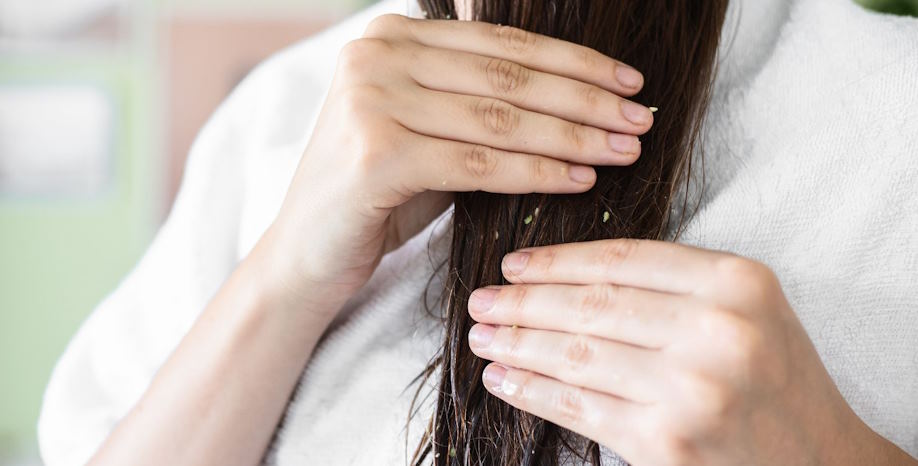- 04/10/2024
- Posted by: Ettavella
- Category: Hairstyles to Try

The quest for healthier, shinier, and stronger hair leads many to incorporate hair masks into their routine. These treatments can deeply nourish and repair hair, but their effectiveness depends on several factors, including the condition of the hair. How long should I use a hair mask? The answer isn’t one-size-fits-all; it varies based on individual hair needs and the mask’s ingredients.
Understanding Hair Condition
Understanding the condition of your hair is essential for effective hair care and maintenance. Let’s explore the different types of hair conditions and the factors affecting them.
Types of Hair Conditions
- Dry or Damaged Hair: This hair type lacks moisture and is prone to breakage and split ends. It can be caused by overuse of heat tools, chemical treatments, or harsh weather conditions.
- Oily or Greasy Hair: Excess sebum production leads to greasy roots and flat hair. This condition is often due to hormonal changes, improper washing techniques, or using overly rich hair products.
- Normal Hair: Balanced hair has the right amount of oil and moisture. It’s not overly dry or oily and tends to be healthy and easy to style.
- Color-treated Hair: Hair that has been dyed or highlighted requires special care to maintain its vibrancy and health. Color-treated hair can be more prone to dryness and fading if not properly cared for.
- Chemically Treated Hair: Permed or relaxed hair undergoes chemical processes that can weaken the hair shaft. This hair type requires deep conditioning and gentle handling to maintain health and strength.
 Factors Affecting Hair Condition
Factors Affecting Hair Condition
- Genetics: Your hair type, texture, and growth rate are largely determined by your genetic makeup.
- Environmental Factors: Weather conditions, UV exposure, and pollution can impact hair health. For example, humidity can make hair frizzy, while UV rays may cause color fading.
- Lifestyle Factors: Diet and stress levels can influence hair condition. A balanced diet supports hair health, while stress can lead to hair loss and scalp issues.
- Hair Care Routine and Product Usage: Using the wrong products or over-styling can damage hair. A tailored hair care routine is key to maintaining your hair’s natural balance.
- Influence of Hair Condition on Mask Application Time
Influence of Hair Condition on Mask Application Time
Hair masks can offer transformative benefits, but the application time should vary based on your hair’s condition. Let’s explore how your hair type affects mask application time and the best practices for each.
Dry or Damaged Hair
- Longer application time for deep hydration: Dry or damaged hair benefits from extended mask application times, typically around 20–30 minutes.
- Suggestions for optimal application and duration: Apply a rich, hydrating mask and wrap your hair in a warm towel to help the ingredients penetrate deeply.
 Oily or Greasy Hair
Oily or Greasy Hair
- Shorter application time to avoid excess oil build-up: Oily hair requires shorter mask application times, around 5–10 minutes, to avoid further greasiness.
- Types of masks best suited for oily hair: Opt for masks that contain clay or charcoal to absorb excess oil and provide a deep cleanse.
Normal Hair
- Moderate application time for maintenance and balance: For normal hair, apply masks for around 10–15 minutes to maintain moisture and health.
- Best practices for normal hair types: Choose masks with balanced ingredients for overall hair nourishment and maintenance.
Color-Treated Hair
- Specialized masks and longer application times for color preservation: Color-treated hair benefits from masks with longer application times, around 15–20 minutes.
- Recommended mask types and application strategies: Look for masks with color-safe formulas and ingredients that protect and enhance color.
Chemically Treated Hair
- Need for longer application times to repair damage: Chemically treated hair requires longer mask application times, around 20–30 minutes, to deeply nourish and repair.
- Special considerations for different chemical treatments: Use masks specifically designed for chemically treated hair and avoid harsh chemicals that could cause further damage.
